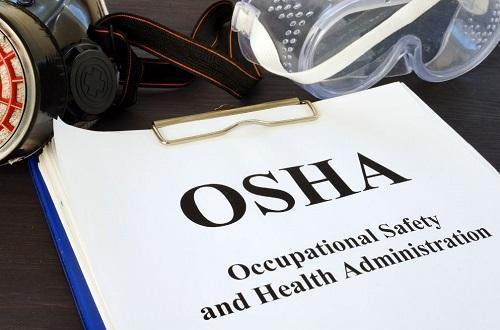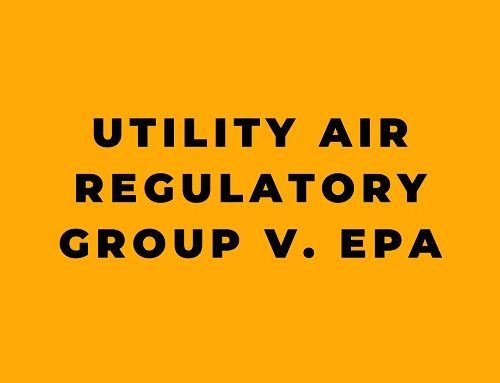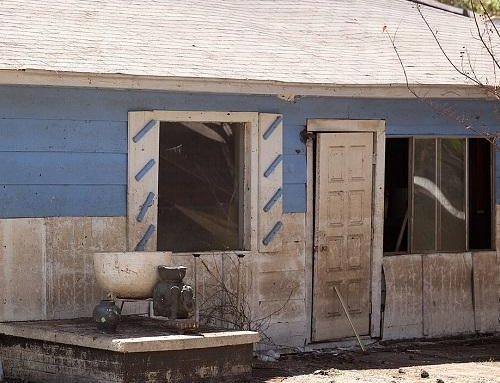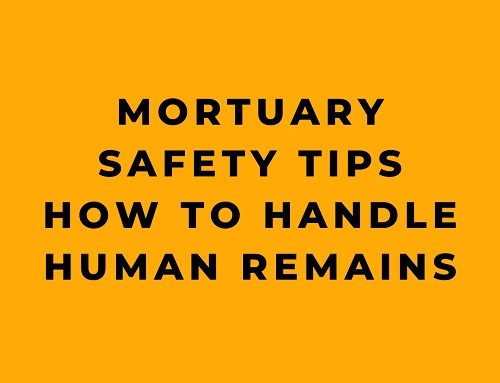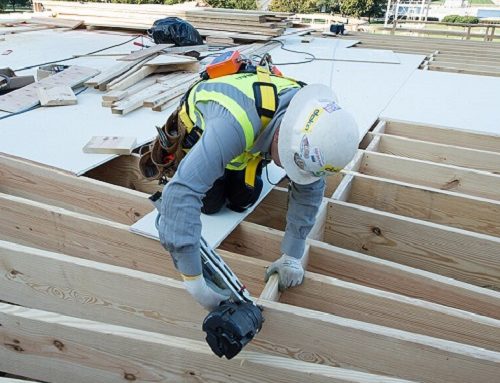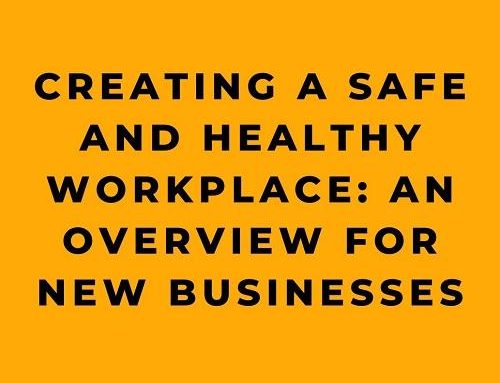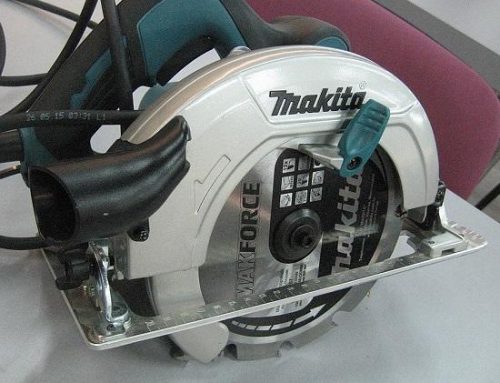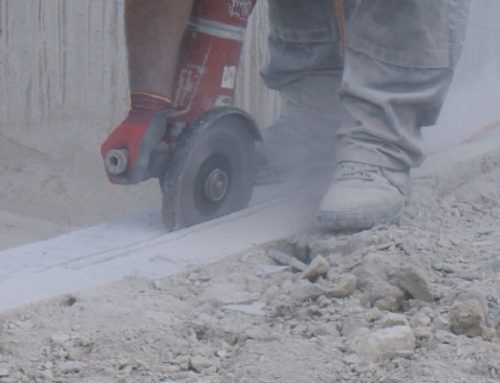When it comes to workplace safety, it’s important to have a “competent person” on your team. But who exactly is a “competent person,” and what does that mean according to OSHA? In this article, I’ll break down the definition of a competent person as defined by OSHA, and explain the role they play in ensuring a safe workplace.
First, it’s important to understand that OSHA defines a competent person as “an individual who is capable of identifying existing and predictable hazards in the surroundings or working conditions which are unsanitary, hazardous, or dangerous to employees, and who has the authorization to take prompt corrective measures to eliminate them.” In other words, a competent person is someone who is able to recognize hazards and has the authority to take action to eliminate them. The rationale behind this definition is that it is not enough for someone to simply identify hazards, they must also have the ability to take action to eliminate them. This ensures that hazards are not just identified but also addressed in a timely manner, preventing potential accidents or injuries.
Another important aspect of this definition is the emphasis on the individual being “capable” of identifying hazards. This means that the competent person should have the necessary knowledge, skills, and training to be able to recognize hazards and understand the risks they pose. This is crucial in ensuring that hazards are identified accurately and that appropriate action is taken to eliminate them. Employers should ensure that their competent person is properly trained and qualified for their role, as this will help them to identify hazards and take appropriate action to eliminate them.
The role of a competent person varies depending on the specific job site or industry. For example, a competent person in construction may be responsible for inspecting trenches and excavation sites, while a competent person in a manufacturing facility may be responsible for inspecting machinery. However, in general, a competent person should be able to identify hazards and take appropriate action to eliminate them. This means that the competent person should have a good understanding of the specific hazards of the workplace and be able to understand the relationship between the hazards and the safety measures that should be put in place.
It’s important to note that the role of the competent person should be clearly defined and communicated to all employees. This can help ensure that everyone is aware of who the competent person is and what their responsibilities are. This can also help employees understand the importance of the competent person’s role in ensuring the safety of the workplace, and how to report hazards to the competent person. Employers should also provide regular training and update for the competent person to keep them up to date with the current regulations and industry standards.
It’s important to note that a competent person is not necessarily the same as a qualified person. A qualified person is someone who has a specific set of skills or qualifications, such as a licensed professional engineer. A competent person, on the other hand, is someone who has the ability and authority to recognize and address hazards. This means that a qualified person may be able to identify hazards but may not have the authority to take action to eliminate them. Employers should ensure that they have both a competent person and a qualified person on staff to ensure that hazards are identified and addressed effectively.
It’s also important to have a plan in place for what to do in case the competent person is not available or is unable to perform their duties. This plan should include identifying a backup competent person and having a clear process for how to handle hazards when the competent person is not present. This ensures that hazards are still identified and addressed even if the designated competent person is not available. Employers should also ensure that the backup competent person is properly trained and qualified for their role.
In conclusion, a competent person as defined by OSHA is someone who has the knowledge, ability, and authority to identify hazards and take appropriate action to eliminate them. They play a critical role in ensuring the safety of the workplace and should be trained and qualified to recognize and address hazards. Employers should ensure that they have a competent person on staff and that their role is clearly defined and communicated to all employees. It’s important to remember that the role of a competent person may vary depending on the specific job site or industry, and that they should have a good understanding of the specific hazards of the workplace. Additionally, it’s important to have a backup plan in place in case the competent person is not available or unable to perform their duties. By having a competent person on staff and following best practices, employers can ensure a safe and secure workplace for their employees.


